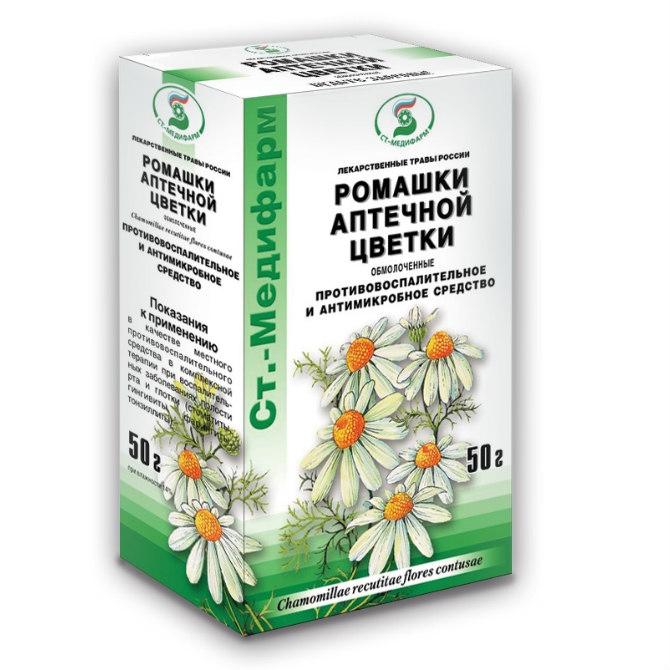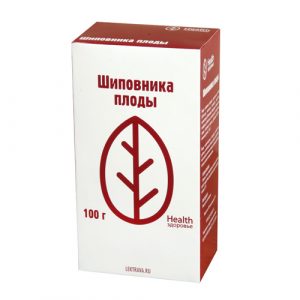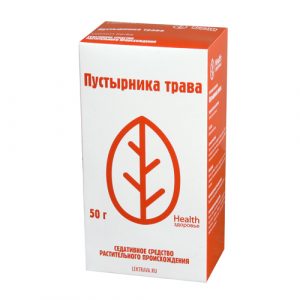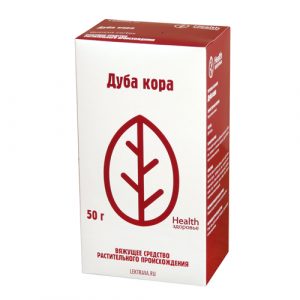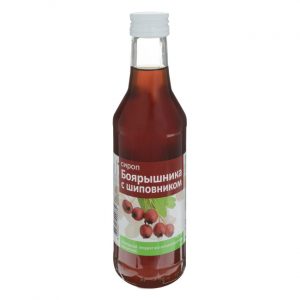Description
Pharmacological action
Means of plant origin. It contains essential oils – levomenol, bisabolol oxide A, bisabolol oxide B, bisabolone oxide A, camazulene, spatulenol flavonoids – flavono glycosides, flavonol glycosides, aglycones, including quercetin, isoramnetin, patuletin, as well as imenderinonefrizmeriz, crisis, gerniarin ramanogalacturonan.
Reduces the proteolytic activity of pepsin, has an anti-inflammatory effect. Due to the presence of camazulene and essential oils, it inhibits lipid peroxidation, which is due to the antioxidant effect.
It has an antispasmodic, anti-inflammatory, antimicrobial effect (against Staphylococcus spp. and Candida spp.), improves tissue regeneration processes. It also has a deodorizing and antipruritic effect.
Indications
For oral administration: gastritis, duodenitis, peptic ulcer of the stomach and duodenum, enterocolitis, flatulence. In the form of microclysters: spastic colitis, hemorrhoids. For local use: infectious and inflammatory diseases of the ENT organs and oral cavity (pharyngitis, tonsillitis, otitis media, stomatitis, gingivitis), infectious and inflammatory diseases of the genitourinary system. For external use: dermatitis, trophic ulcers.
Contraindications
Hypersensitivity to chamomile, as well as to arnica, yarrow, tansy, wormwood.
Composition
chamomile flowers pharmacy
Dosage and administration
Apply orally, externally, topically. The dosage regimen depends on the indications for use.
Side effects
Possibly: allergic reaction.
Drug interaction
With the simultaneous use of chamomile and warfarin, it is possible to enhance its effect due to the content of hydroxycoumarins in the plant.
Pharmacy leave conditions
OTC
Dosage form
raw vegetable
